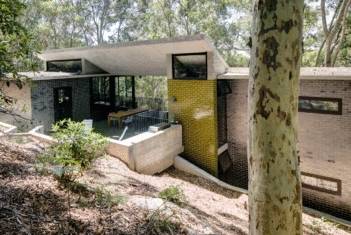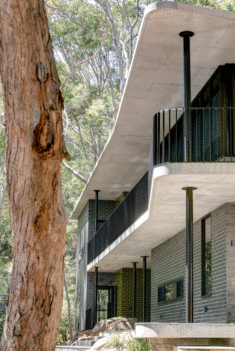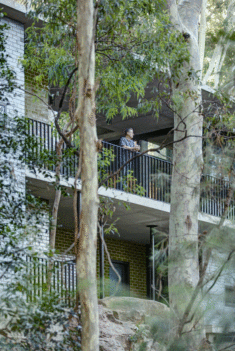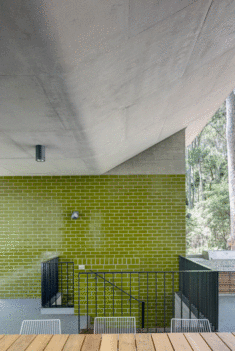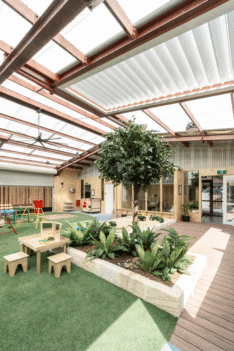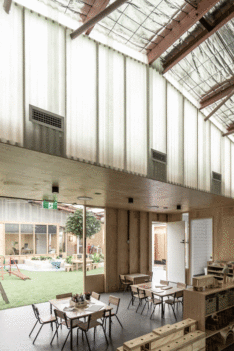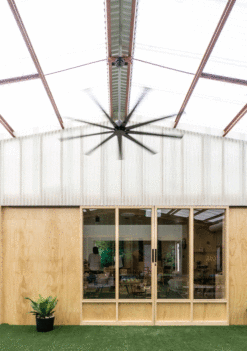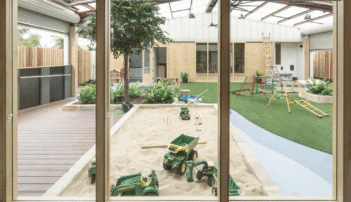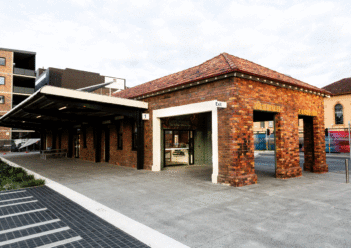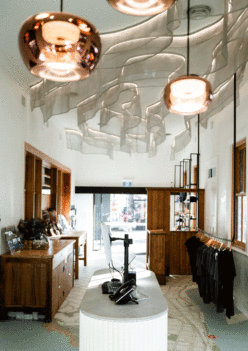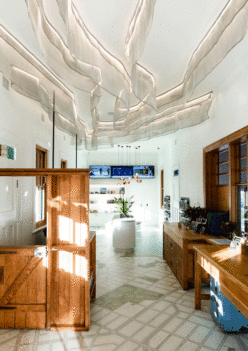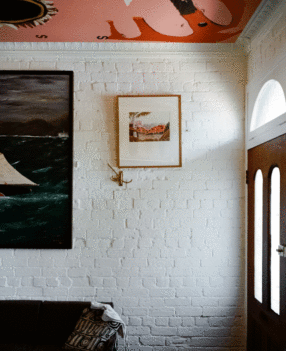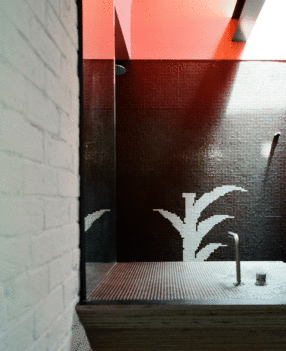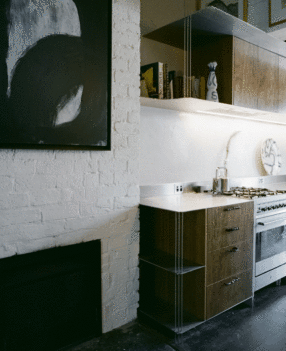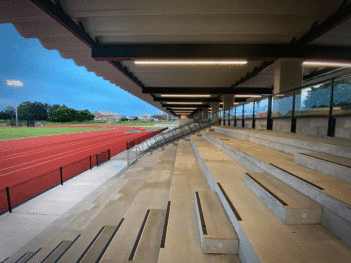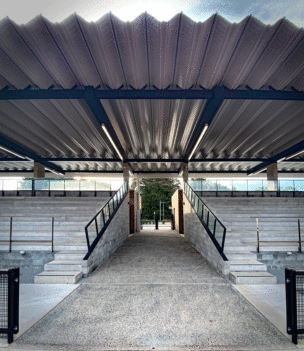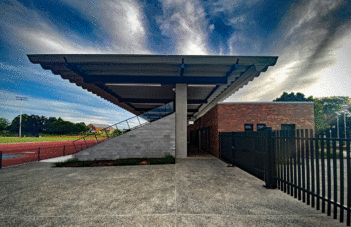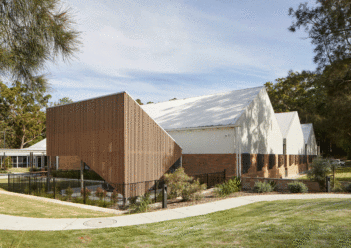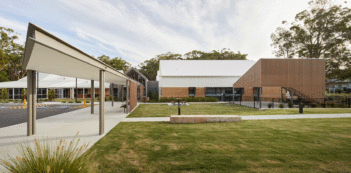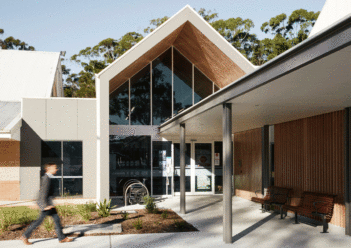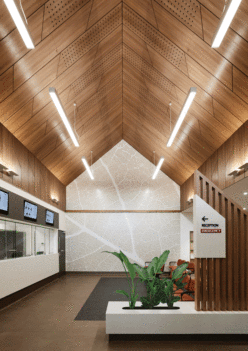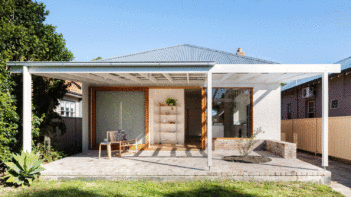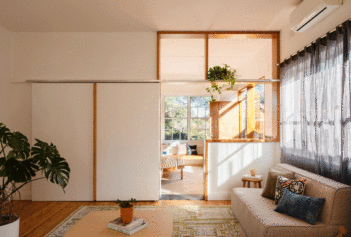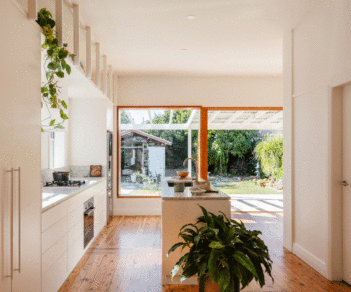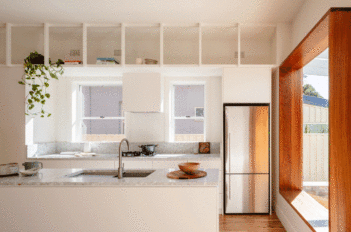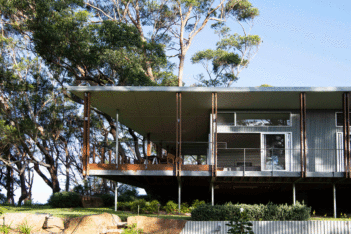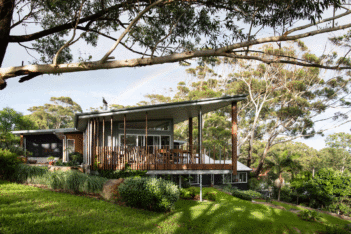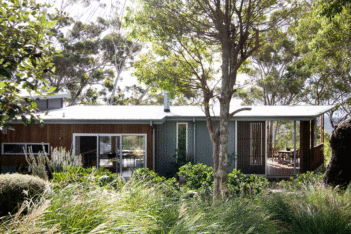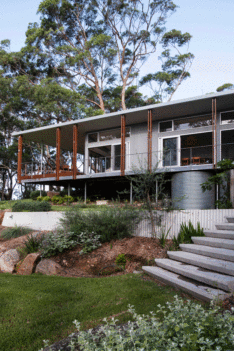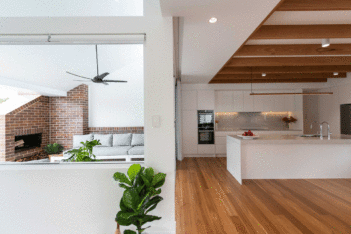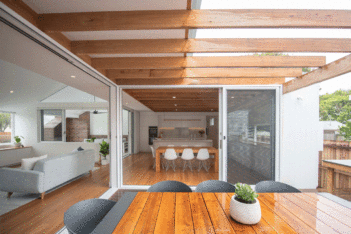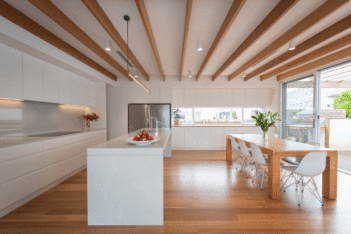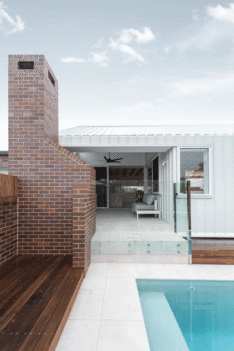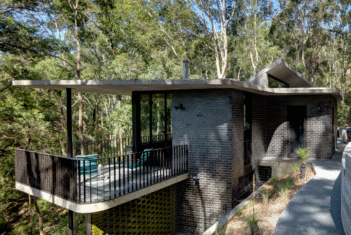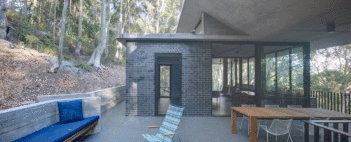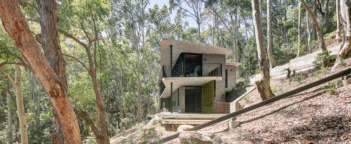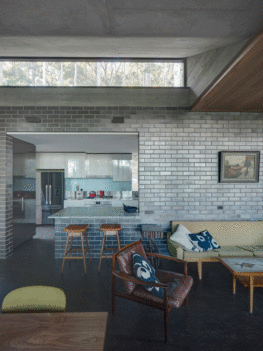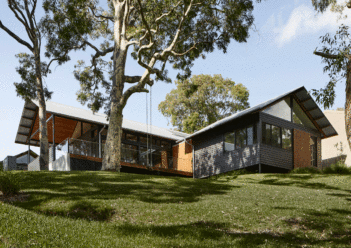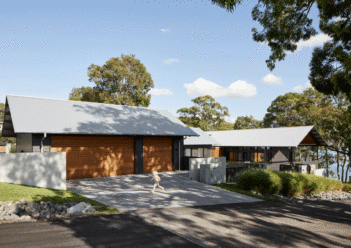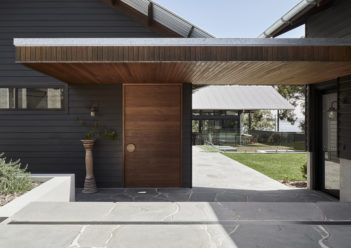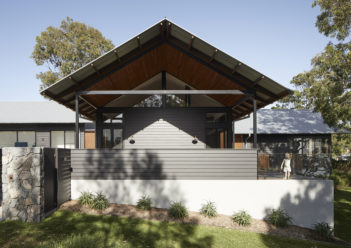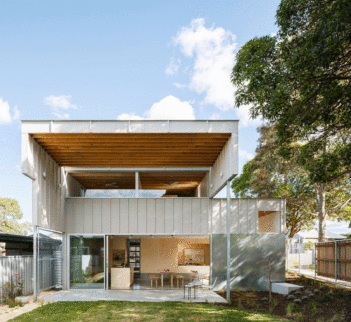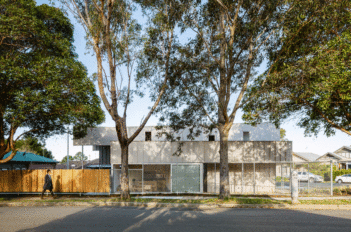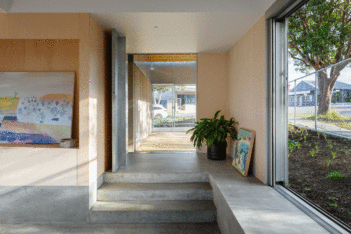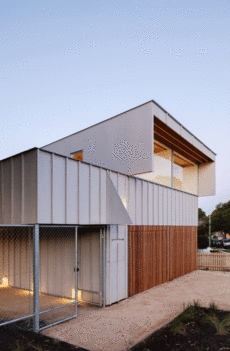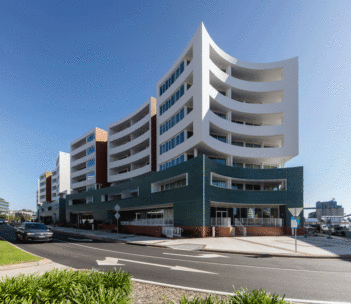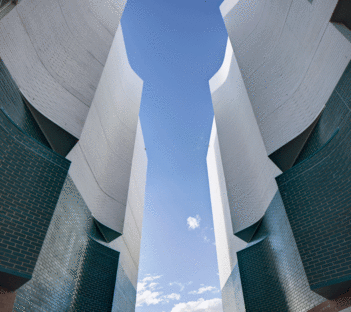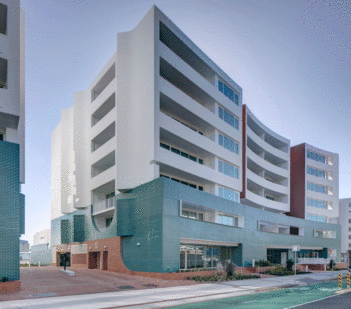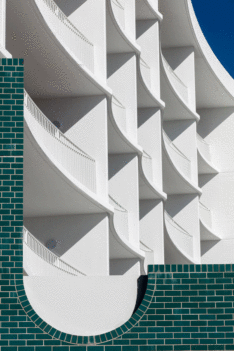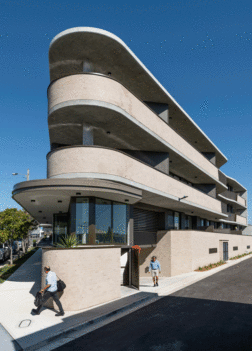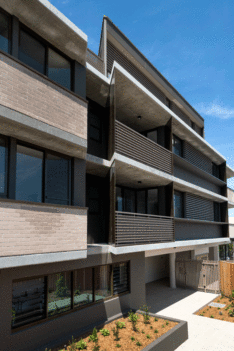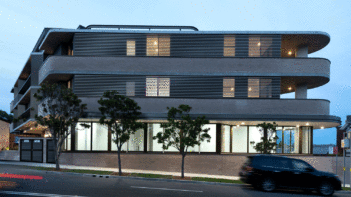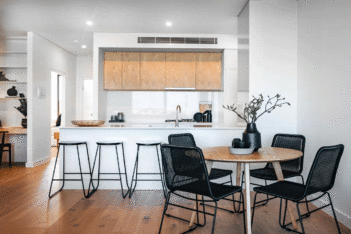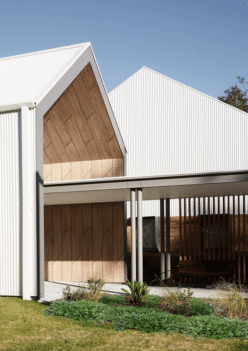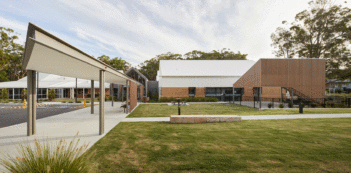2021 NEWCASTLE Architecture Awards Winners
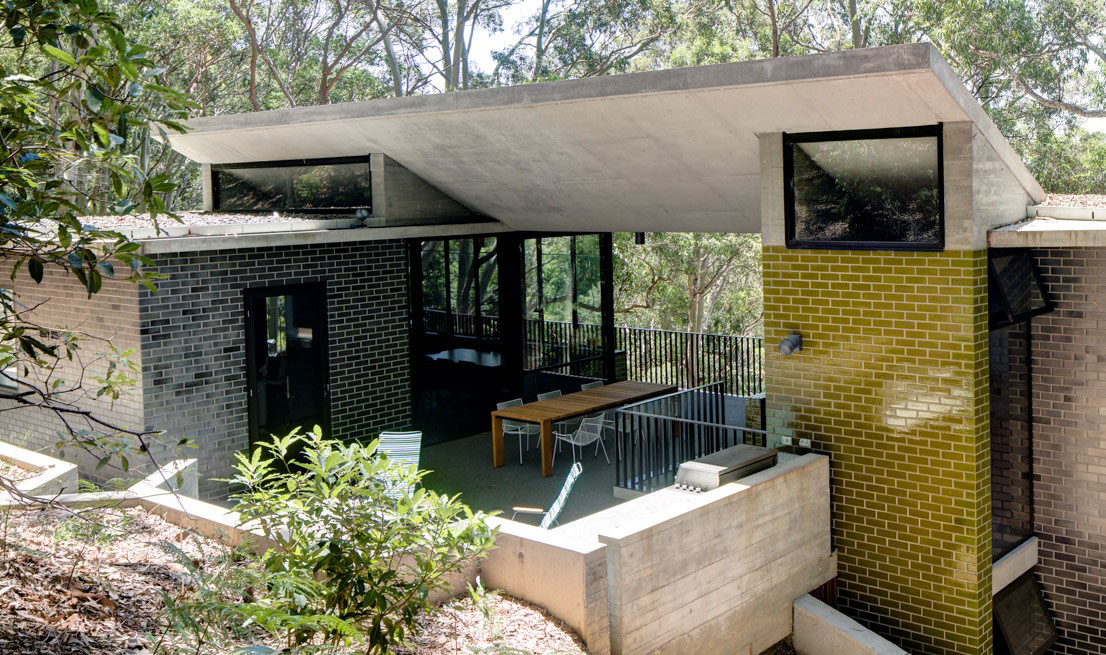
2021 Newcastle Architecture Awards
2021 NEWCASTLE Architecture Awards - WINNERS
The Newcastle Architecture Awards celebrates design excellence in architecture in Newcastle. It is also a great way for architects to receive public and peer recognition for projects and helps the Institute to promote architects and architecture within Newcastle, NSW, across Australia and internationally.
NEWCASTLE ARCHITECTURE AWARD WINNERS
NEWCASTLE ARCHITECTURE MEDAL
HOUSE AT PRETTY BEACH | LAHZNIMMO ARCHITECTS
Formerly part of the steep bush site on Bouddi Peninsula upon which photographer David Moore built his seminal early 1970s Lobster Beach house, designed by Ian McKay, the site of this remarkable new house sat vacant for several decades –largely due to its many challenging constraints. Steep with rocky outcrops and an endangered spotted gum forest, home to a vulnerable species of froglet, and within a bushfire zone, the beautiful but rugged site threw down a set of remarkable challenges.
Intended as a weekend getaway for the architects’ extended family, and with a longer term intent to potentially serve as a house to retire to, the brief was for simplicity and durability. Other requirements included easy, level access on the one in three slope, and an ability to withstand bushfire.
The design had a long gestation over seven years and resulted in a remarkable gem of a building, executed with great restraint and possessing a simple, enduring beauty. The site and its sensitive flora and fauna were respected throughout the process, with minimal disturbance and careful tending to counter the necessary interventions for construction. The limited palette of materials consisted of off-form concrete – including for the roof – infill glazed brickwork, slender steel columns, fire resistant glazing, and a limited use of some softening elements, including colour and interior timber.
The project reminds us that good architecture embraces its site and works with it, that beauty and ruggedness are not mutually exclusive, and that simplicity is something worth striving for.
Educational Architecture
COMMENDATION FOR EDUCATIONAL Architecture
THE BIG TREE HOUSE | CURIOUS PRACTICE
Behind an unassuming industrial building facade Curious Practice have repurposed a former printing factory into light-filled preschool learning space. Containing all of the program within the existing building footprint allowed the capping of significant contamination and the most efficient use of the existing building fabric. The planning strategy creates a central all-weather courtyard for outdoor play, while facilitating the direct supervision of the children from the administration and indoor learning spaces. The project demonstrates a commitment to an honest reading of materials and disciplined balance of invention and thrift.
Heritage Architecture
Award for Heritage Architecture
Newcastle Visitor information centre | eje architecture
Acknowledgement of collaborators – The initial “cold-shell” architectural design of the Civic Station building (for an unknownuse) was undertaken by Tonkin Zulaikha Greer, with landscape DA design by JMD.
This adaptive reuse of the former Civic Station building forms a part of the HCCDC Museum Place area connecting Hunter Street and Wheeler Place to the harbour foreshore. The heavy rail line was closed in 2014, and the Civic station at that time became redundant. The decision to retain the building and the landscape interpretation of the former heavy rail line informs a European heritage interpretation of the area and gives meaning to it.
The initial cold-shell architectural design of the Civic Station building (for an unknown use) was undertaken by Tonkin Zulaikha Greer, with landscape DA design by JMD. EJE Architecture was subsequently engaged by the City of Newcastle to design the Visitor Information Centre (VIC) that occupies the former Civic Station building and Terras Landscape Architects were commissioned to document its surrounds. Although the station building did not necessarily break new ground architecturally at the time of its construction (1937), it is considered worthy of retention as it is a good example of inter-war generic domestic architecture in a railway setting. It also has particular significance in terms of its social heritage.
The brief for the VIC evolved to facilitate a new, more modern approach to the service, which was arrived at via an ongoing consultative process with the VIC staff. The design for the adaptive reuse of the building to houe the VIC has incorporated much of the original heritage joinery, which was reinstated in situ. This was complemented by new custom joinery for the reception desk and for retail display of locally produced items, which has proven popular. A map of the city has been reproduced at large scale on the floor of the space, and the ceiling above and its attractive lighting installation reflect the corresponding contours of the area.
interior architecture
Award for Interior Architecture
Fronte Oceano | Anthony St John Parsons
The interior architecture of Fronte Oceano at Newcastle East is the result of a fascinating collaboration between the architect and his clients, both highly respected visual artists. The house, a small terrace approaching 150 years in age, is the artists’ family home, shared with their two young children and family pets.
A small brass plaque facing the street next to the front door, a work of one of the artists, reads: ‘Be generous with your heart’. This could have been the brief that informs the transformation of the house’s interior. Though small in area, each volume is at once treasured and exploited – creating a simultaneous sense of shelter and adventure. Light is treated as a precious commodity – carefully introduced and meaningfully orchestrated within the intricate volumes. Artworks cover almost every surface, including a large ceiling mural in the front living room – a nod to John Olsen’s earlier practice. Bespoke elements beautifully crafted in fine materials including bronze and Italian glass tiles are used meaningfully but without any preciousness.
The result is a welcoming, robustly functional and highly unique family home that well and truly delivers on the promise made at its front door.
public architecture
Award for Public Architecture
Maitland Regional Athletics Complex | Maitland City Council with Studio Dot
Maitland is a city with a proud reputation for its stock of remarkable heritage buildings, dating back to the colonial days of the 1840s. The Hunter River has been instrumental in the shaping the township, supporting a shipping hub, underpinning wealth from agriculture and also dealing heartbreak with severe flooding, including the disasterous 1955 flood.
The Maitland Athletics Complex carries forward what is emerging as a modern reembracing of excellent public buildings, building upon Paul Berkemeier’s fine addition to Maitland Art Gallery and CHROFI’s delightful River Walk – the 2019 recipient of the Sulman Award for Public Architecture.
The Athletics Complex serves as a competition standard regional athletics facility, and forms the second stage of a three stage recreational precinct masterplan, located just off Maitland’s high street. The building builds upon the materials incorporated in the earlier sportsground facility, further refines its structural approach, and introduces a range of flexible uses for the facility. The multi-function enclosed space which overlooks the field is beautifully detailed while remaining a robust, comfortable space that invites a broad range of community uses.
The orientation of the track was determined to meet IAAF standards, which prompted a well considered set of spatial responses from the architects that protect the facility users from the elements while creating interesting and defensible spaces. Detailing in the brickwork of the amenities building, which addresses the car park and entry, is a subtle reminder of the heritage structures nearby, and of the Hunter River’s remarkable history.
COMMENDATION for Public Architecture
Port Stephens HealthOne | SHAC
Sitting on the edge of a low density residential neighbourhood at Shoal Bay, Port Stephens HealthOne is considered in its approach to delicately expand the facility and respect the scale of the surrounding development. The building manipulates the roof line to step the volume of the building down to a residential scale. Considerable thought is evident in the selection of materials, wayfinding, and the creation of a series of spaces that are at once welcoming and reassuring to visitors and patients. The robust exterior detailing and material palette of face brick and Colorbond® cladding is both sympathetic to the surrounding environment and cleverly incorporates the existing wing while avoiding unnecessary expensive changes to it.
Clear planning allows occupants to easily navigate the series of smaller rooms within, and a readily adapted structure provides clear spans internally to allow the building to be simply modified as necessary, as the needs of the community evolve.
Residential architecture - Houses (alterations and Additions)
Award for Residential Architecture – Houses (Alterations and Additions)
Valencia Street | Curious Practice
Valencia Street is a succinct example of one of the most noble roles of the architect: that of the confidant, understanding so well how a client wants to live that what is created is less rather than more. Even more impressive is that this level of judgement comes from a relatively young firm.
Architecturally the temptation to do more here is enormous – an unlovely existing street elevation would have been too much to ignore for most firms but surprisingly it heightens all the more the deft incisions into the existing house which lie beyond. These incisions are a surgical and strategic rearrangement which, while adding no further area, transforms the house into a lovely, livable series of spaces that are entirely unexpected from the street. The apparent gentleness here is surprising with the architectural moves becoming entirely natural. There’s an easiness here that’s hard to pinpoint; this is a work of enormous care for the client that is so rarely seen.
Commendation for Residential Architecture — Houses (Alterations and Additions)
Cliff Cottage | Dianna Thomas Architect
Uniquely sited on a headland, the extension does not crave the attention of the ocean, focusing rather on the immediate bushland surrounds. A clever insertion of a new wing separate to the existing bedrooms takes advantage of a relatively level clearing and addresses the public areas of the house to the public reserve adjacent.
The materials are humble and considered, enhancing the relaxed and unfussy nature of the building. Clear decisions have been made which show the commitment of the architect in providing a wonderful, comfortable home for its owners.
Commendation for Residential Architecture — Houses (Alterations and Additions)
Hatherly House | SDA
In acknowledging the original home, the extension to Hatherly House externally mimics the volume of the existing weatherboard cottage but expresses the form in modern materials. The addition contrasts the existing building spatially, creating a series of partially enclosed, adjustable courtyard spaces that give abundant light and cross ventilation to the adjacent new living spaces, and provides range of open air spaces for different activities and weather conditions.
A new entrance to this corner house is relocated to the long side street frontage and provides a delineation between private bedroom spaces and new living spaces.
These interconnected new living spaces are deliberately compact, but have a carefully planned, inbuilt flexibility. This allows for a range of activities to occur within easy proximity to each other, or for the opening up of more expansive spaces for entertaining. The result is a delightful home that can readily adapt to the changing needs of a family.
Residential Architecture – Houses (New)
Award for Residential Architecture (New)
House at Pretty Beach | lahznimmo architects
On a site so fraught with challenges only an architect could tackle the project sits a modestly scaled house nestled into a forest of spotted gums. On arrival, the house is barely visible due the careful selection of materials and elevation above the street level. A meandering bush path leads the visitor up to a beach house which is unlike most. Due to a steep site, bushfire zoning and natural environment, the building had a unique and difficult set of challenges to overcome. The use of materials, while informed by fire regulations, are appropriate, yet unexpected for a beach house. All horizontal structure is made entirely from concrete, including the roof which folds up towards the crest of the hill behind.
The building has been sited along the contours to minimise excavation, and the planning of the building weaves around large natural sandstone boulders. There is a strong intent by the architects to honour the setting of the house, with each room orientated to look out to the canopy of the spotted gums to the water beyond. The importance of the natural environment is once again evident in the prioritisation of external spaces over internal. A large breezeway separates sleeping from living spaces and, responding in its design to the gradient of the site, is connected to both the hillside and tree canopy.
Commendation for Residential Architecture (New)
Wangi Waterfront House | SHAC
Wangi Waterfont House is located in an idyllic setting on the shores of Lake Macquarie in the sleepy small township of Wangi Wangi that renowned painter William Dobell called home. The site, though located in the village, has only one neighbour, located to its western side, and its surrounding setting is dominated by a majestic grove of angophora trees and the waterfront. Formed by a group of four connected pavilions, the house seamlessly blends the casual, laidback character of Wangi Wangi with a comfortable, sophisticated home for a young family. What appears initially to be a very simple, pared back design approach reveals on closer examination a deep dialogue that has gone on between the architect and the clients – keen sailors who knew this site and its environment intimately, and who, as owner builders, achieved an outstanding build quality in this family home that will weather gracefully over time.
Commendation for Residential Architecture (New)
Lambton House | Curious Practice
Lambton house is surprising; its apparent muscular robustness from the street, cool CFC cladding, gravel, galvanized metal and chain wire fencing set expectations. However, these immediately yield to a series of spaces warm and inviting that continually look out from themselves, expanding the apparent small footprint of the house – sustainability in action. The Lambton house is a great exemplar of how to do more with less; an aspect that this practice seems to have mastered deftly.
Residential Architecture – Multiple Housing
Award for Residential Architecture — Multiple Housing
Lume | SJB
Lume is an apt term to think of here, especially relative to the project’s built context. It provides a welcome and playful relief to the often lacklustre built form in the precinct, especially within the residential typology. Especially welcome are the midblock connections which allow permeability from the town to the water. The architecture here responds in kind with an invitation to pedestrians to connect through a series of overt fluted gestures simultaneously pinching and expanding the framed views.
Lume’s craft begins with the use of familiar materiality, humanistic in its selection bricks both glazed and unglazed, undoubtedly a nod to the material ‘bedrock’ of the town. Colour provides an easily decoded message of the earth and the water between which the building mediates. The curve of the coastline is another obvious reference echoed in elements of the facade, imbuing Lume with a finer granularity than one might expect from a built form which occupies such a length of the newly emerging waterfront. The result is a well-crafted piece of contextual architecture.
Commendation for Residential Architecture – Multiple Housing
Alma Residences | CKDS Architecture
In the heart of New Lambton, CKDS has created an apartment building that responds to its contextual conditions and positively contributes to the future local character.
The complex is entered through a communal courtyard garden and within the building all common areas are day lit and naturally ventilated. The planning strategy orients the majority of apartments to the north east, providing high levels of solar access.
The material palette of concrete, brick and powder-coated metal components are carefully composed to achieve a considered aesthetic.
Sustainable Architecture
Commendation for Sustainable Architecture
Valencia Street | Curious Practice
The architect practice behind this small project listened carefully to the requirements of the client, who had initially concluded the inadequacies of the existing cottage would be best resolved by a new extension to its rear. Rather than jump to adopting this obvious response, which would have left the existing section of the dwelling with its spatial and functional shortfalls and would have involved considerably more materials, embodied energy and expense, the architects suggested a different, more considered strategy.
The resulting changes to the building, all effected within the existing footprint, have transformed the dwelling and have met every aspect of the client’s needs. Salvaged elements, including original bricks, roof sheeting and decorative elements such as hearth tiles were meaningfully utilised, and they assist in retaining the character of the original cottage.
Natural light and ventilation were carefully orchestrated to provide a variety of pleasant spaces that seldom require any additional heating or cooling. The client’s perspective reveals a level of delight with the completed home that is nothing short of transformational.
COLORBOND® Award for Steel Architecture
COLORBOND® AWARD FOR STEEL ARCHITECTURE
Port Stephens HealthOne | SHAC
The project utilises steel to navigate fire, termite and flood considerations while avoiding heroic or intuitional gestures to comfortably locate an expanded frontline health service within in established residential context.
The gable roofed pavilions establish a relationship with the existing facility and identify as a civic building while housing clear span steel structures that will enable future adaptability as the requirements of the health service change over time.
Clad in Colourbond ® Ultra, the forms have a scale and texture that align with Tomaree coastal environment and are complemented with considered guttering and downpipes that avoid unnecessary complexity.
The secondary forms of the entryway and pergolas are exposed steel framed structures that successfully extend the civic language to a pedestrian scale and emphasise vertical lines that relate to the neighbouring bushland.
SHAC’s clear thinking is evident in the project and their use of steel has ensured that health centre will have a legible identity within the community that will endure over time.
